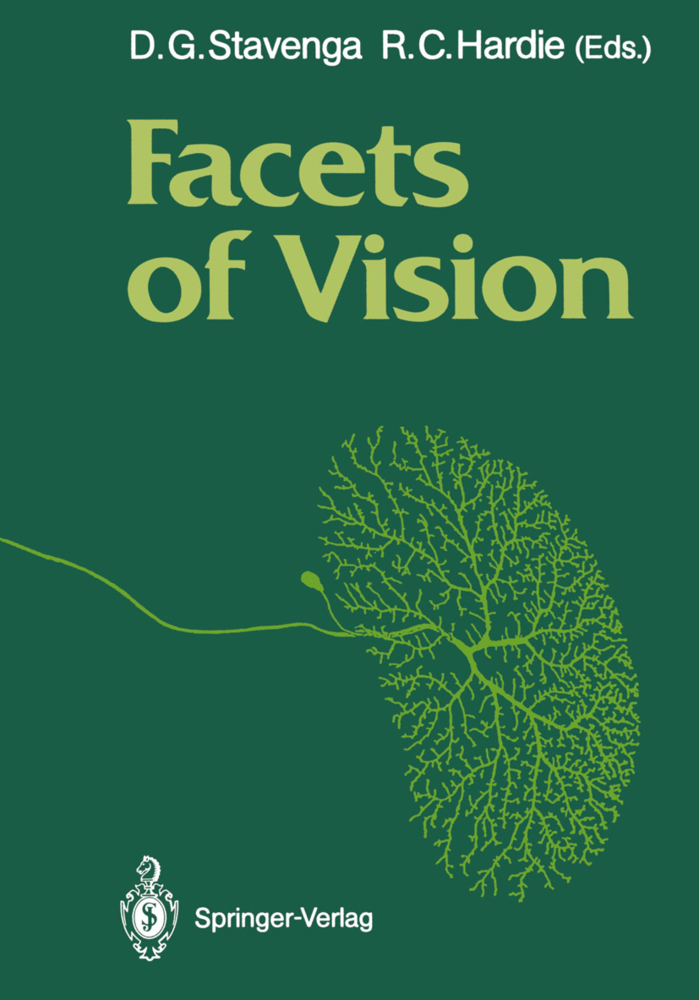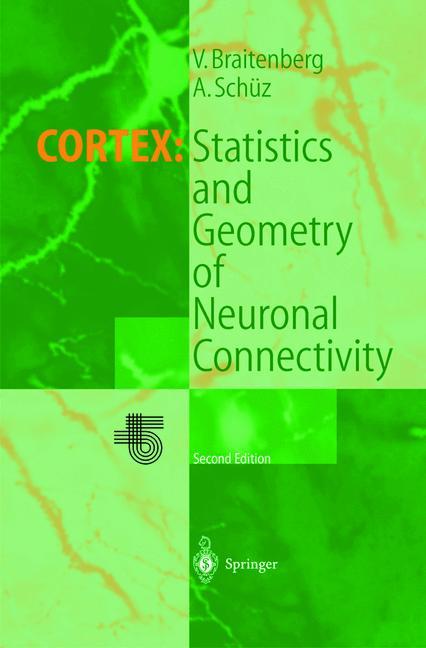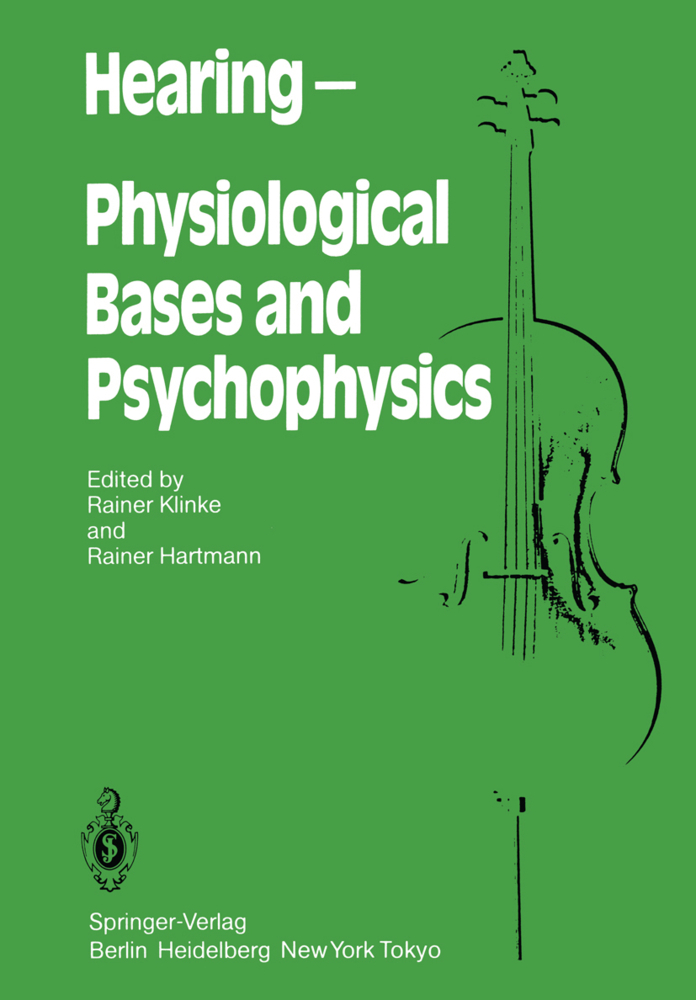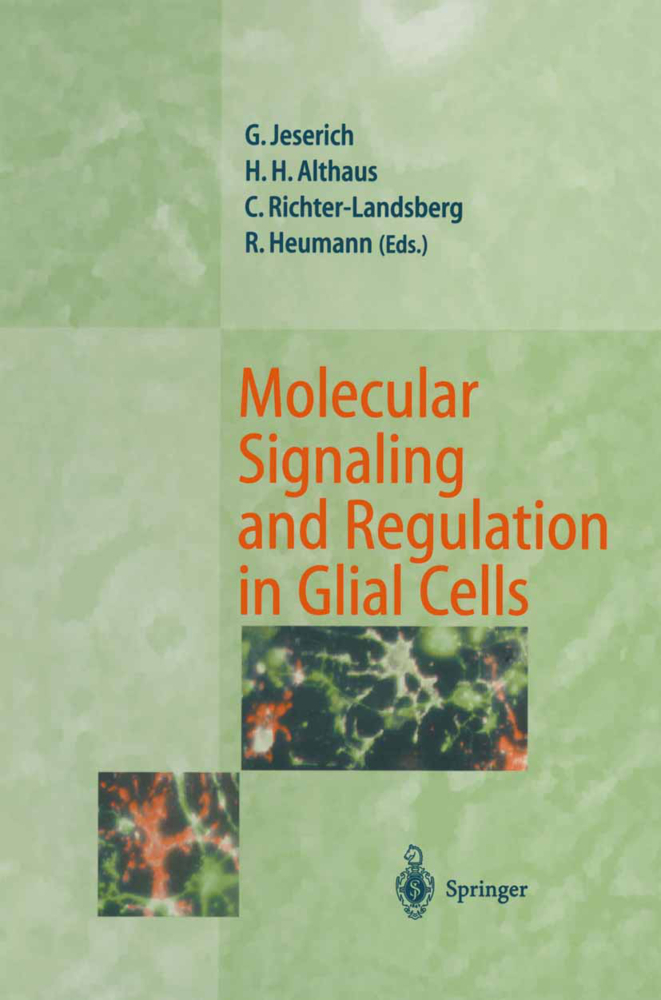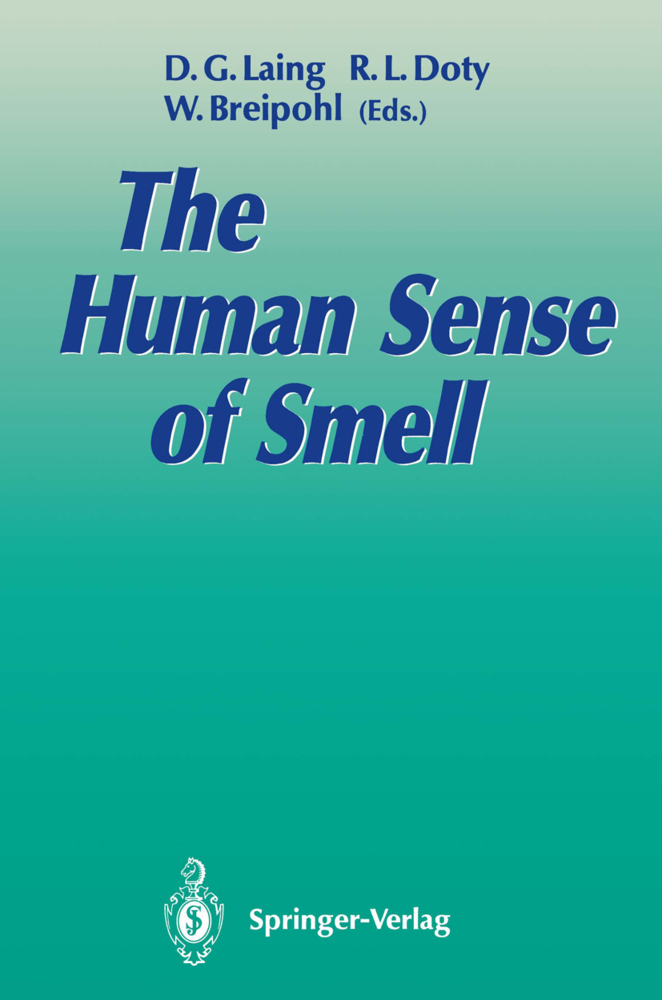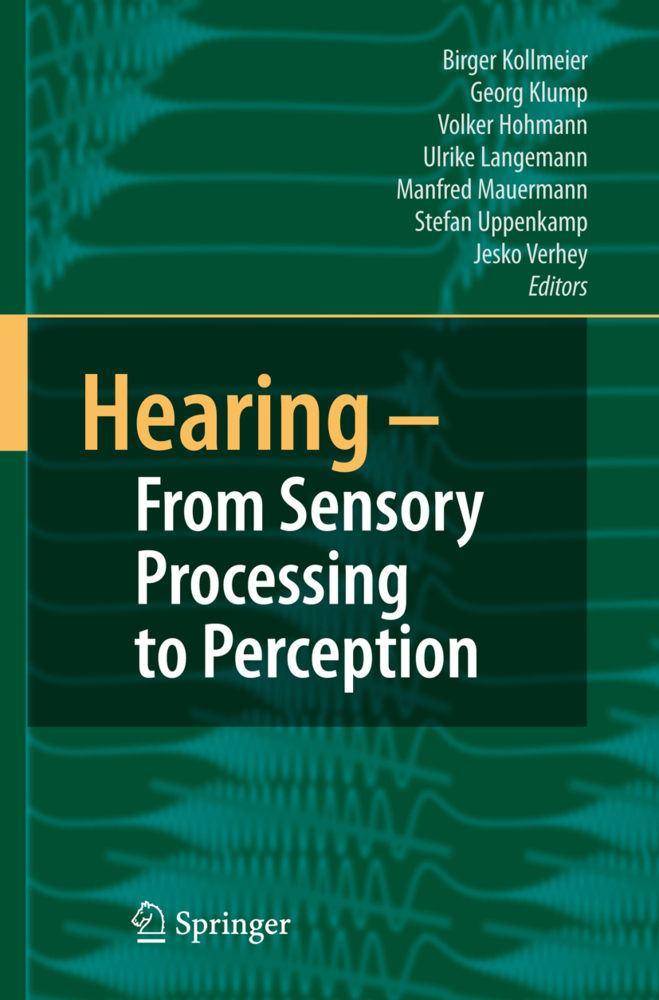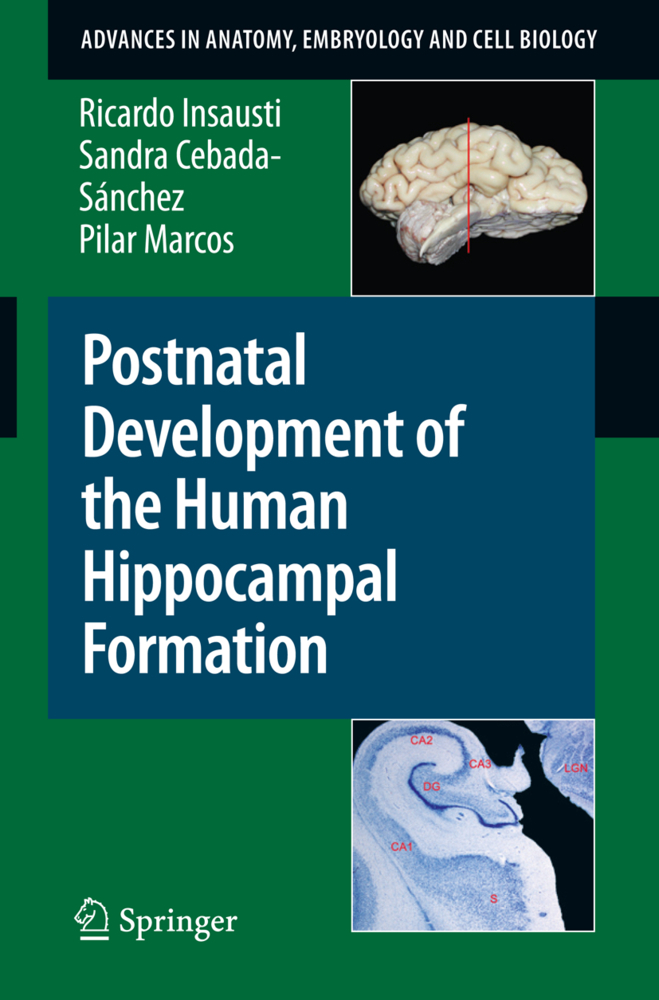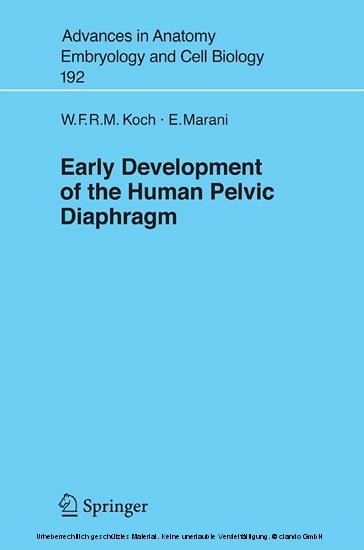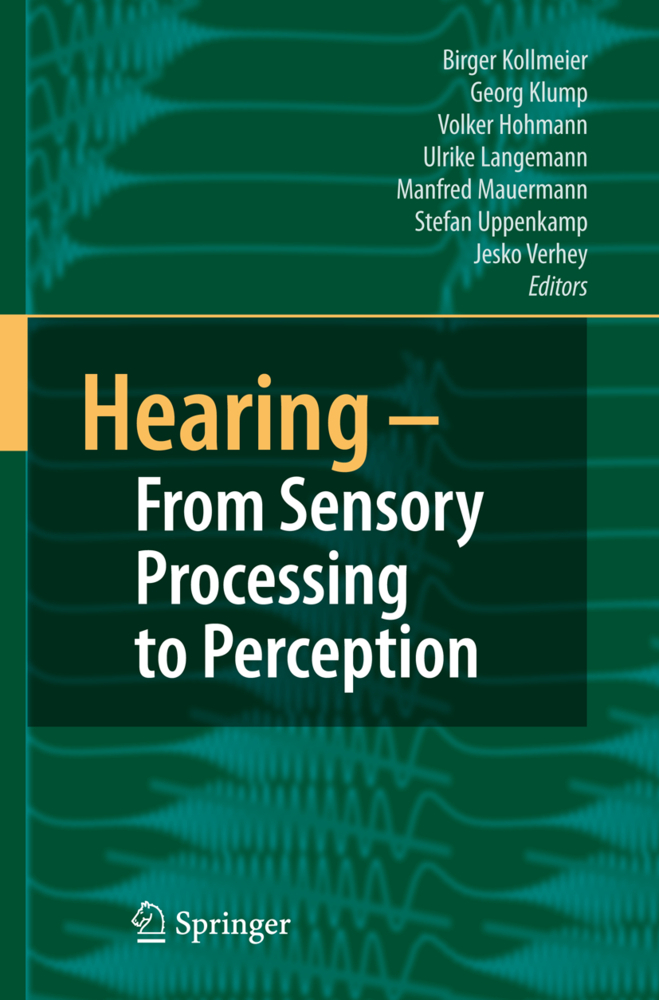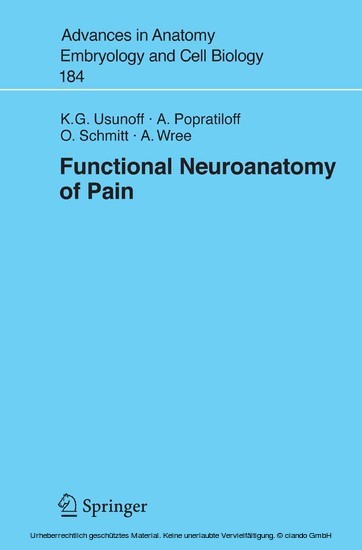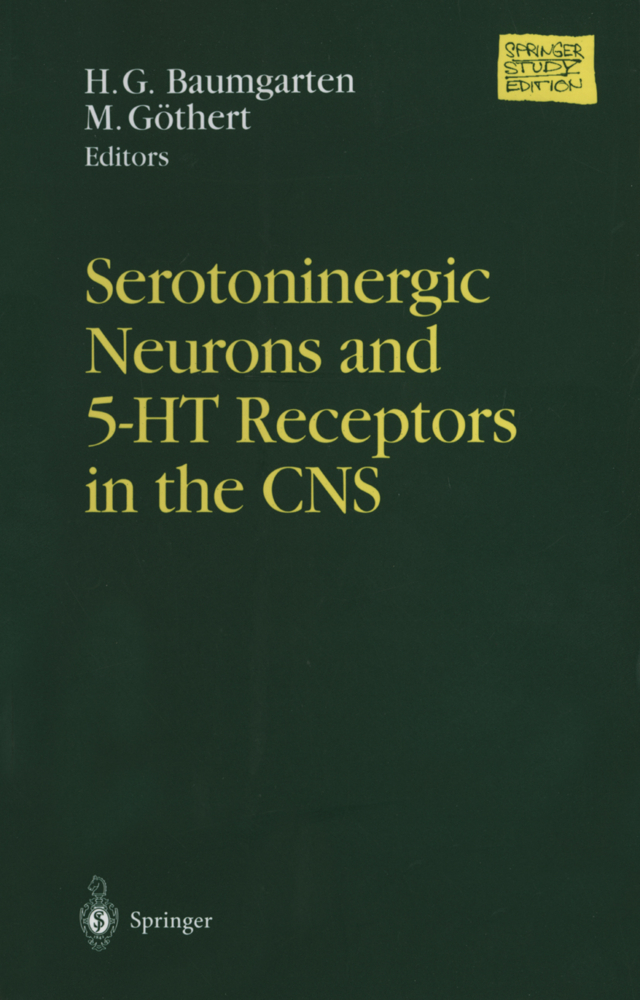Facets of Vision
Facets of Vision
The papers published in this Volume are the fruits of a symposium held in Regensburg in April 1987. The meeting was held to com memorate two most significant events in the development of com pound eye research. In chronological order these are firstly, Sigmund Exner's seminal monograph on the physiology of compound eyes of crustaceans and insects, which was first published in Vienna in 1891, and is now shortly to appear for the first time in the English translation [Exner, S. (1989) The Physiology of the Compound Eyes of Insects and Crustaceans. Springer Berlin Heidelberg New York Tokyo]. Secondly, the meeting was also held in honour of Professor Hansjochem Autrum's 80th birthday. Professor Autrum, who is justly acknowledged as one of the pioneers of modern compound eye research, attended the meeting as the guest of honour. In keeping with these historical occasions, it has been our intention in this volume to present a comprehensive collection of short reviews covering the major aspects of compound eye research. Whilst the most up-to-date developments have been included in every field from optics, through photochemistry, phototransduction, integrative processes and behavior, an attempt has also been made to provide a historical perspective.
3 Optics and Evolution of the Compound Eye
4 Photoreceptor Optics, Theory and Practice
5 Variations in the Structure and Design of Compound Eyes
6 Visual Pigments of Compound Eyes - Structure, Photochemistry, and Regeneration
7 Distribution of Insect Visual Chromophores: Functional and Phylogenetic Aspects
8 Pigments in Compound Eyes
9 Phototransduction in Limulus Ventral Photoreceptors: Roles of Calcium and Inositol Trisphosphate
10 The Retina-Lamina Pathway in Insects, Particularly Diptera, Viewed from an Evolutionary Perspective
11 Coding Efficiency and Design in Visual Processing
12 Neurotransmitters in Compound Eyes
13 Circadian Rhythms in the Invertebrate Retina
14 Color Vision in Honey Bees: Phenomena and Physiological Mechanisms
15 Polarization Sensitivity in Compound Eyes
16 Beneath the Compound Eye: Neuroanatomical Analysis and Physiological Correlates in the Study of Insect Vision
17 Directionally Selective Motion Detection by Insect Neurons
18 Neural Mechanisms of Visual Course Control in Insects
19 Size and Distance Perception in Compound Eyes.
1 Compound Eyes and the World of Vision Research
2 Autrum's Impact on Compound Eye Research in Insects3 Optics and Evolution of the Compound Eye
4 Photoreceptor Optics, Theory and Practice
5 Variations in the Structure and Design of Compound Eyes
6 Visual Pigments of Compound Eyes - Structure, Photochemistry, and Regeneration
7 Distribution of Insect Visual Chromophores: Functional and Phylogenetic Aspects
8 Pigments in Compound Eyes
9 Phototransduction in Limulus Ventral Photoreceptors: Roles of Calcium and Inositol Trisphosphate
10 The Retina-Lamina Pathway in Insects, Particularly Diptera, Viewed from an Evolutionary Perspective
11 Coding Efficiency and Design in Visual Processing
12 Neurotransmitters in Compound Eyes
13 Circadian Rhythms in the Invertebrate Retina
14 Color Vision in Honey Bees: Phenomena and Physiological Mechanisms
15 Polarization Sensitivity in Compound Eyes
16 Beneath the Compound Eye: Neuroanatomical Analysis and Physiological Correlates in the Study of Insect Vision
17 Directionally Selective Motion Detection by Insect Neurons
18 Neural Mechanisms of Visual Course Control in Insects
19 Size and Distance Perception in Compound Eyes.
Stavenga, Doekele G.
Hardie, Roger C.
| ISBN | 978-3-642-74084-8 |
|---|---|
| Artikelnummer | 9783642740848 |
| Medientyp | Buch |
| Auflage | Softcover reprint of the original 1st ed. 1989 |
| Copyrightjahr | 2011 |
| Verlag | Springer, Berlin |
| Umfang | X, 454 Seiten |
| Abbildungen | X, 454 p. |
| Sprache | Englisch |

